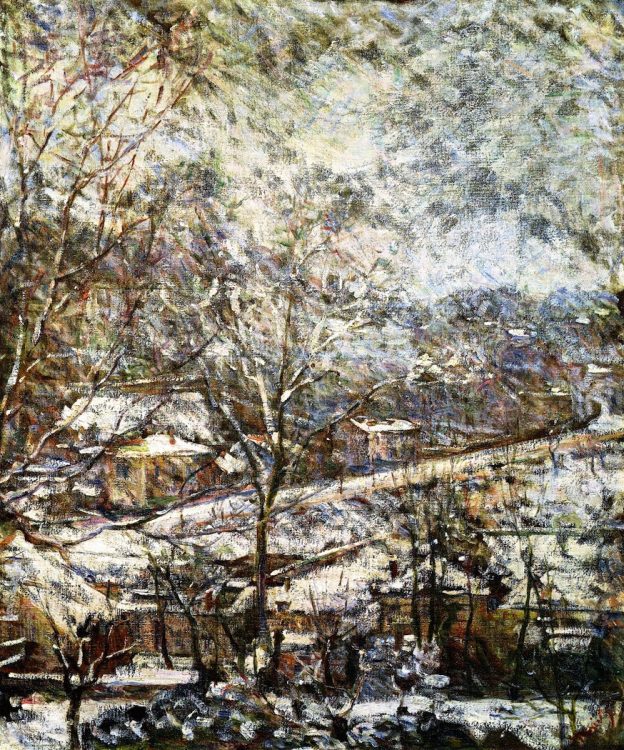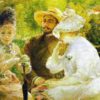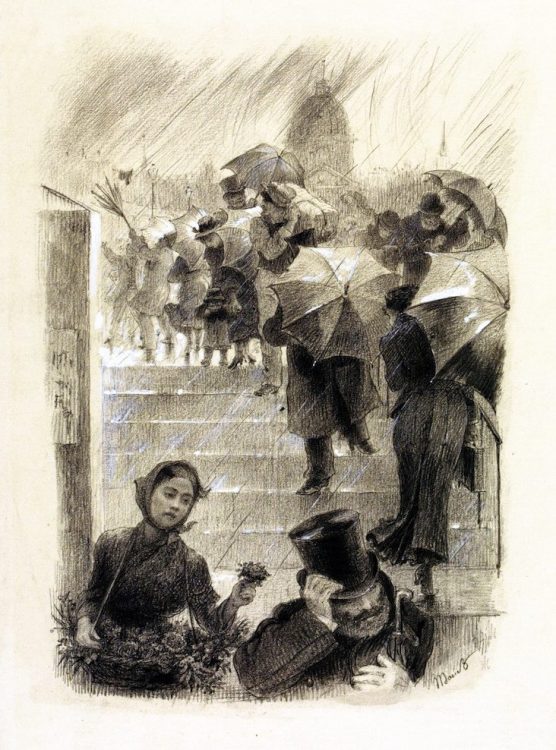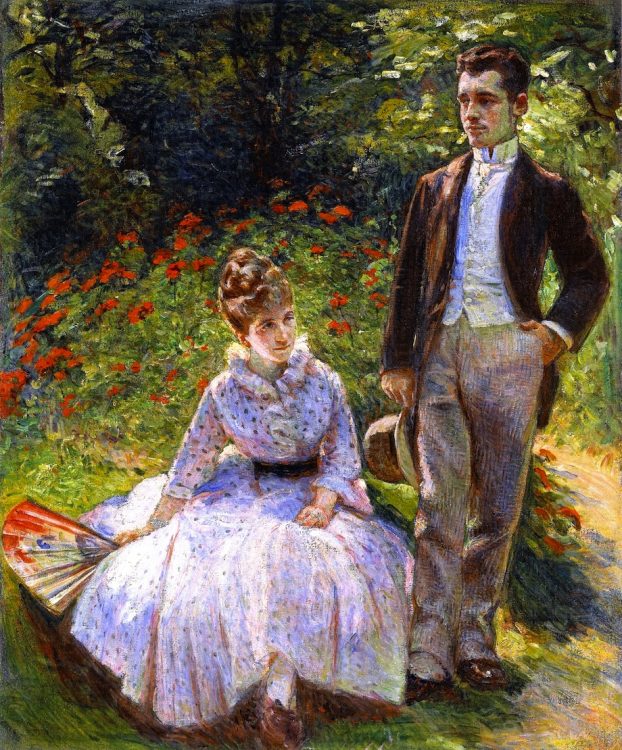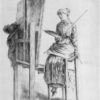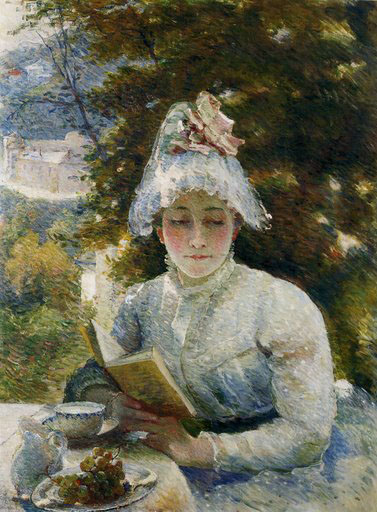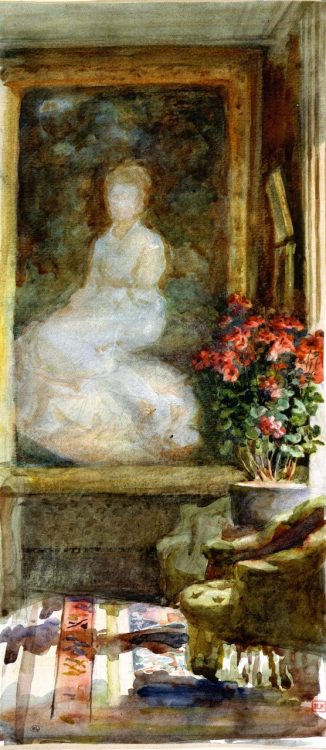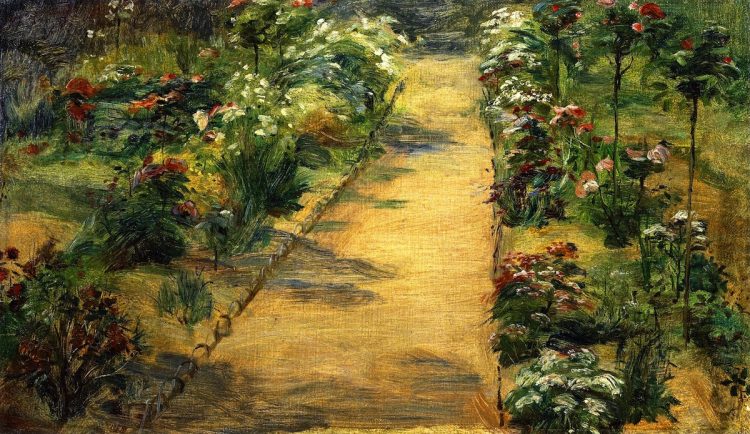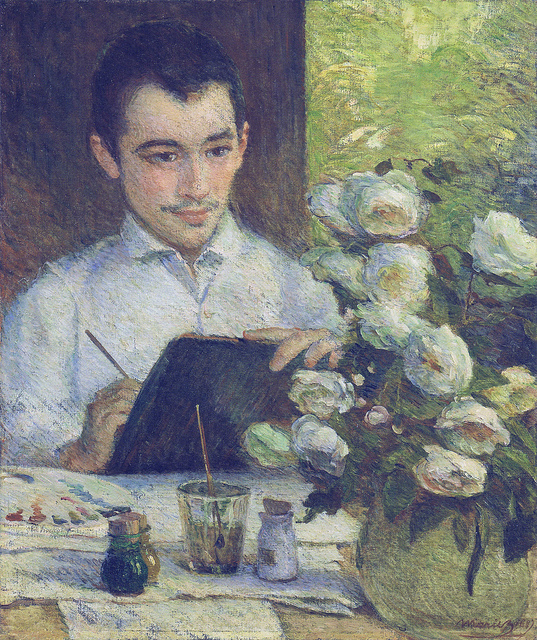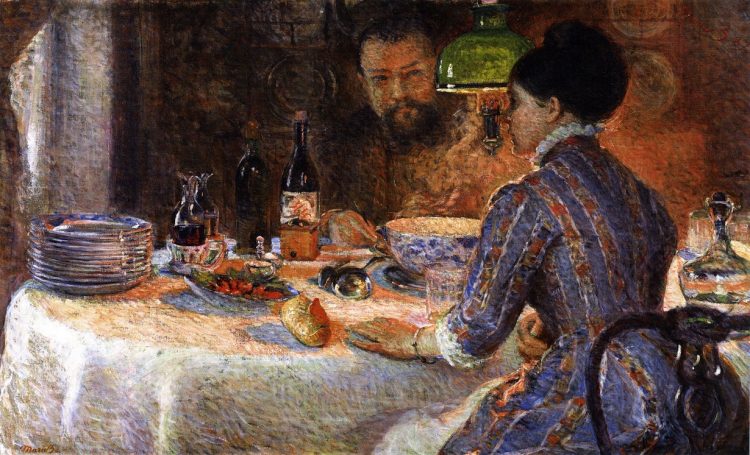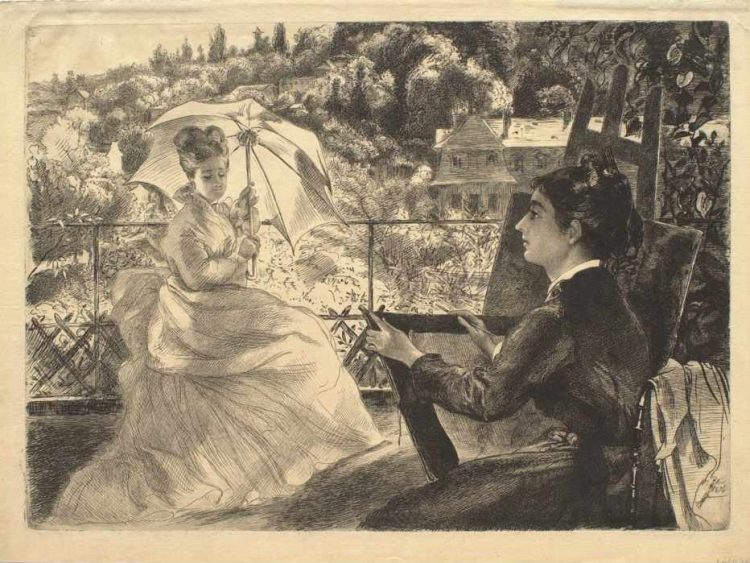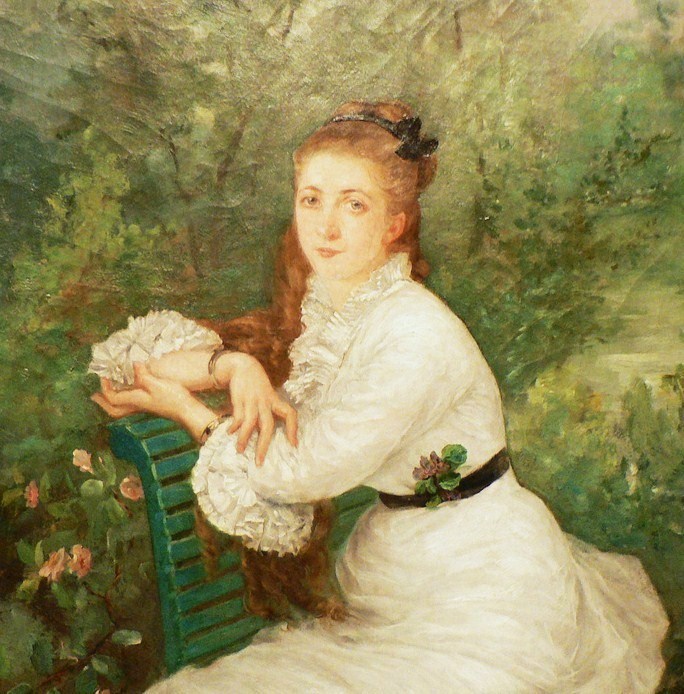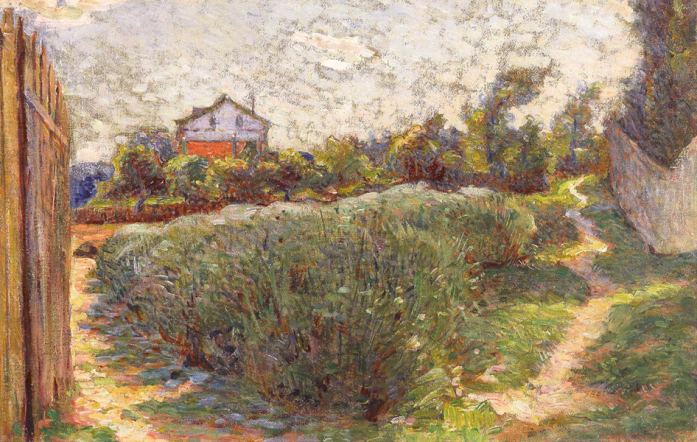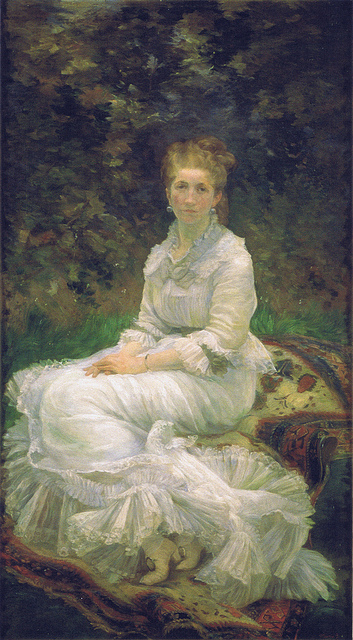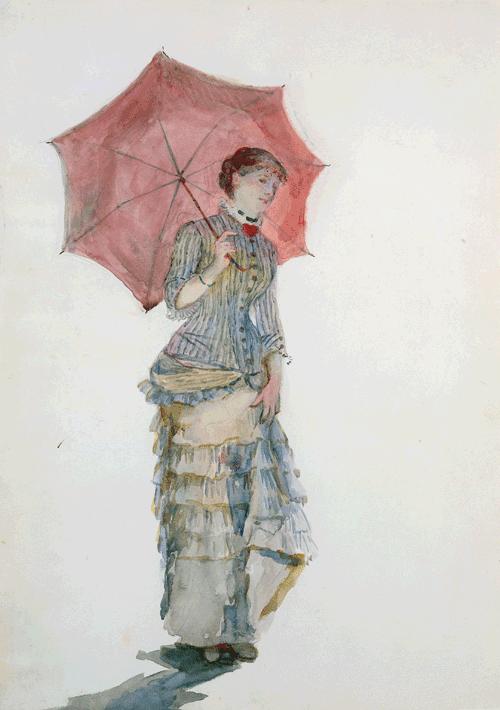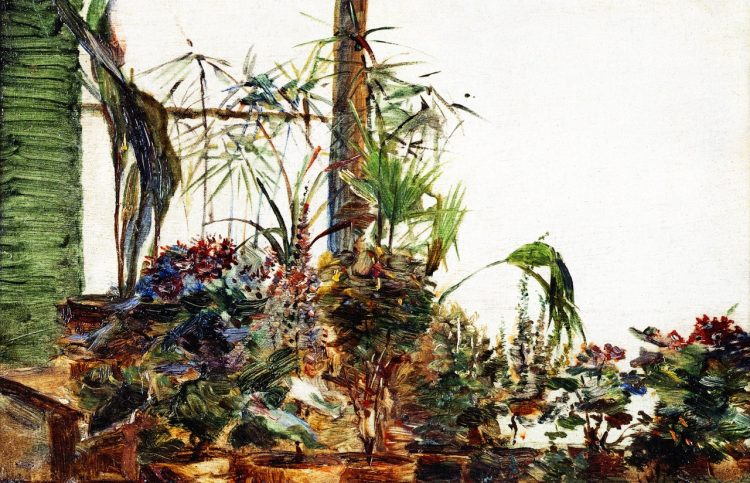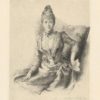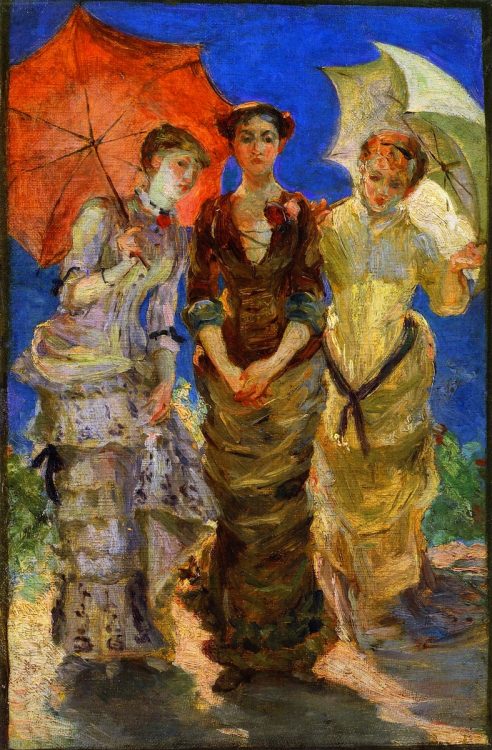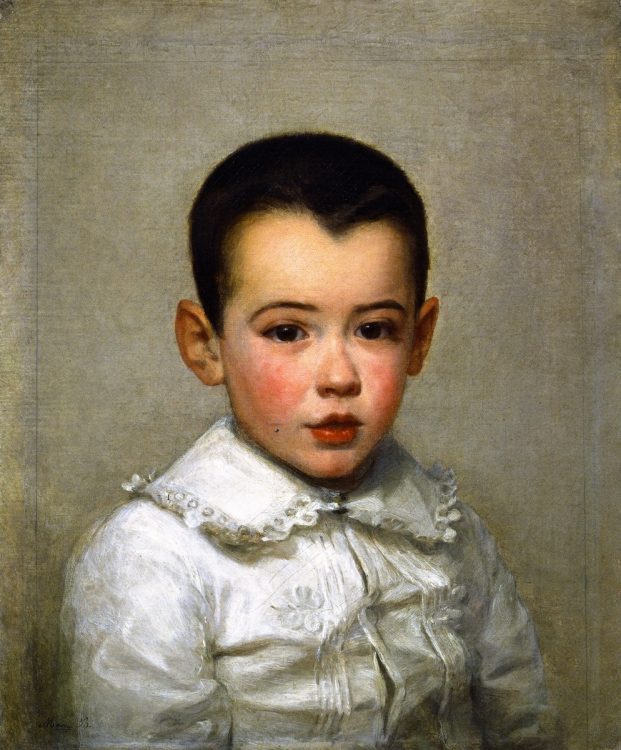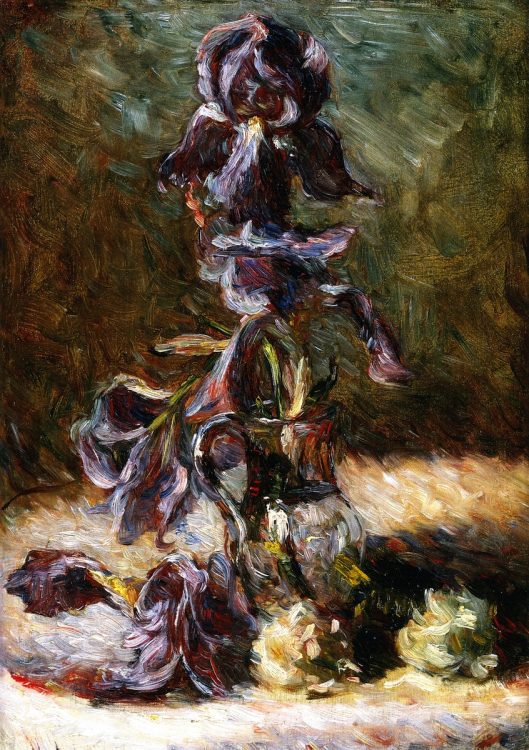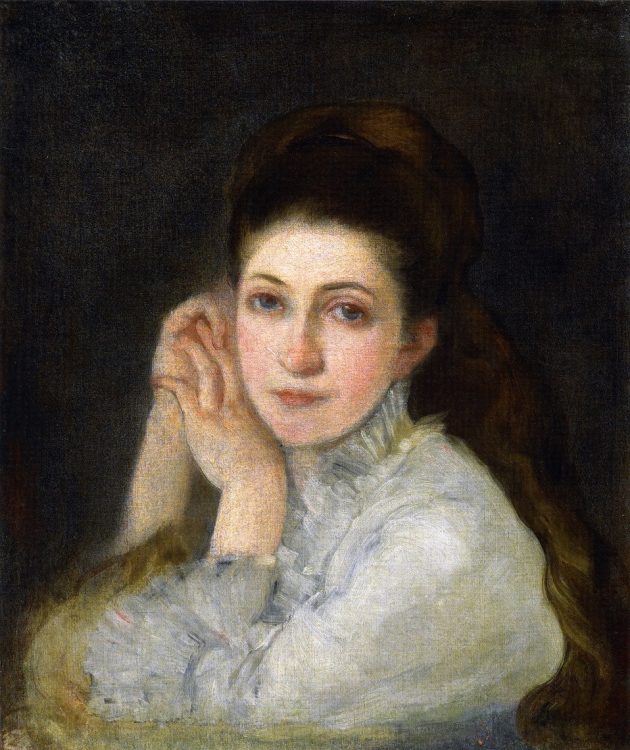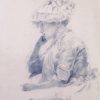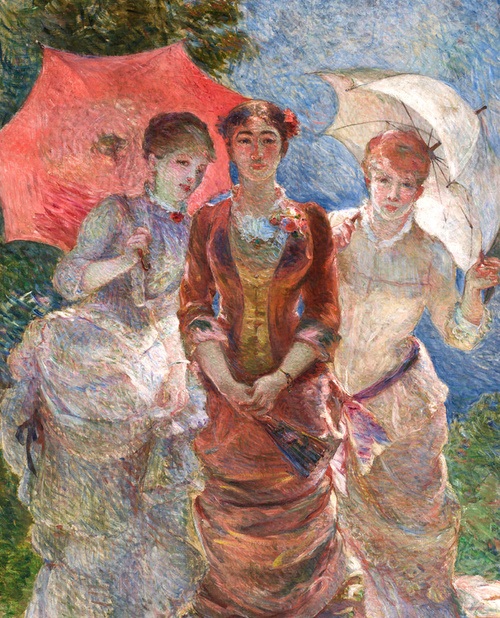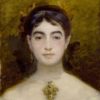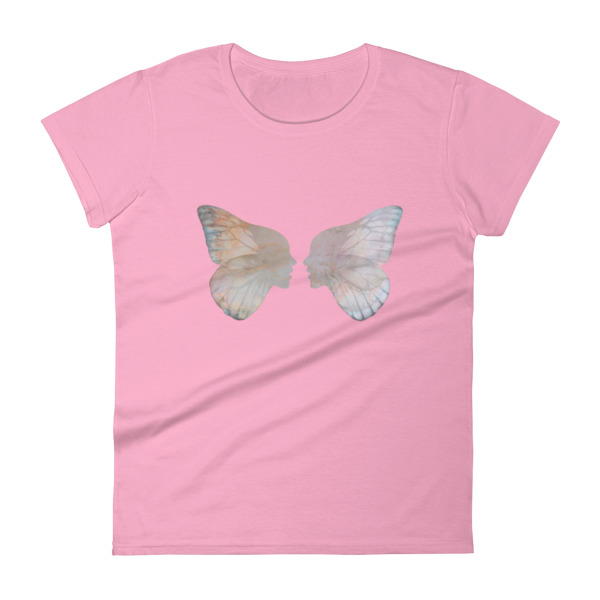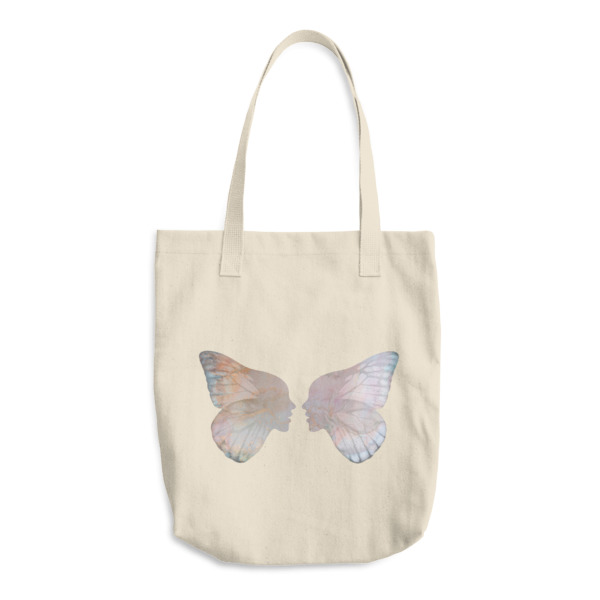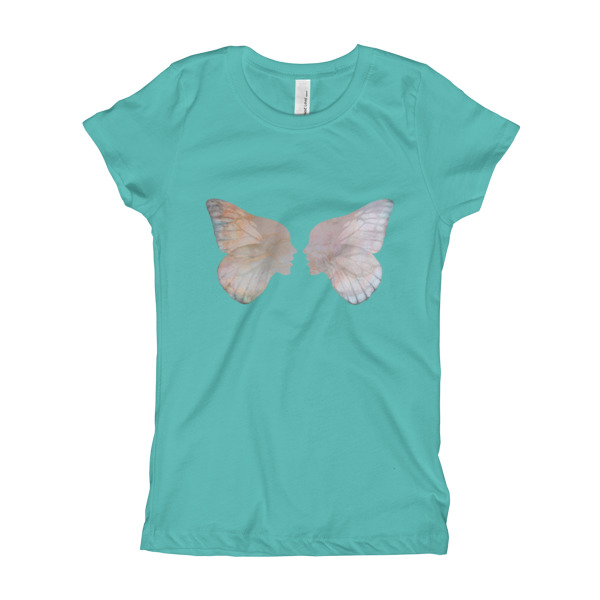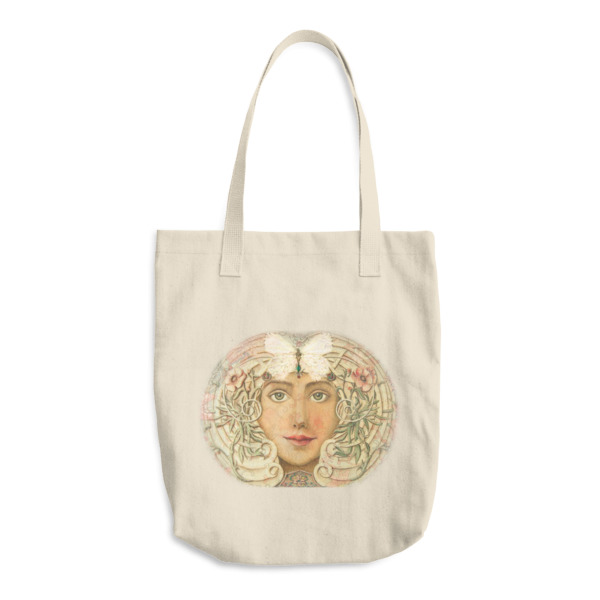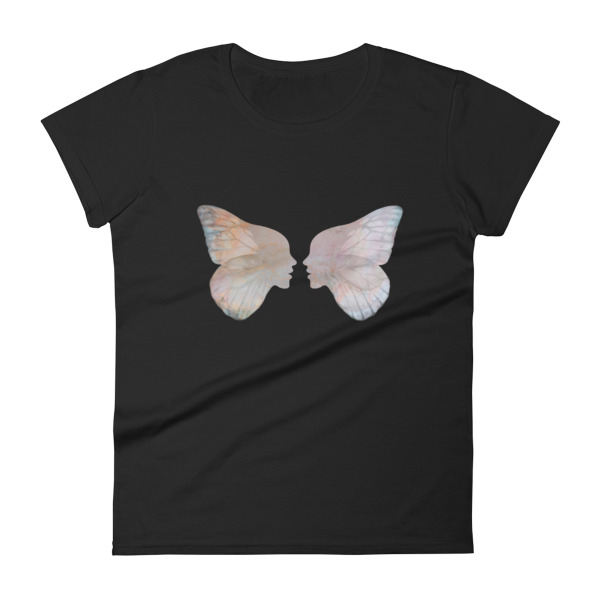Marie Bracquemond (1840–1916)
Marie Bracquemond was a French Impressionist artist, who was described retrospectively by Henri Focillon in 1928 as one of “les trois grandes dames” of Impressionism alongside Berthe Morisotand Mary Cassatt.
Her frequent omission from books on artists is sometimes attributed to the efforts of her husband, Félix Bracquemond. Félix respected his wife’s talents as an artist but disagreed fervently with her adaptation of Impressionist techniques, in particular her use of color.
She began lessons in painting in her teens under the instruction of M. Auguste Vassort, “an old painter who now restored paintings and gave lessons to the young women of the town”. She progressed to such an extent that in 1857 she submitted a painting of her mother, sister and old teacher posed in the studio to the Salon which was accepted. She was then introduced to the painter Ingres who advised her and introduced her to two of his students, Flandrin and Signol. As a student in Ingres private Parisian studio, she wrote that, “The severity of Monsieur Ingres frightened me… because he doubted the courage and perseverance of a woman in the field of painting…He would assign to them only the painting of flowers, of fruits, of still lives, portraits and genre scenes.”
The critic Philippe Burty referred to her as “one of the most intelligent pupils in Ingres’ studio”. She later left Ingres studio and began receiving commissions for her work, including one from the court of Empress Eugenie for a painting of Cervantes in prison. This evidently pleased, because she was then asked by the Count de Nieuwerkerke, the director-general of French museums, to make important copies in the Louvre.
It was while she was copying Old Masters in the Louvre that she was seen by Félix Bracquemond who fell in love with her. Her husband introduced her to new media and to the artists he admired, as well as older masters such as Chardin. She was especially attracted to the Belgian painter Alfred Stevens. Between 1887 and 1890, under the influence of the Impressionists, Bracquemond’s style began to change.
Her canvases grew larger and her colours intensified. She moved out of doors (part of a movement that came to be known as plein air), and to her husband’s disgust, Monet and Degas became her mentors. Many of her best-known works were painted outdoors, especially in her garden at Sèvres. One of her last paintings was The Artist’s Son and Sister in the Garden at Sèvres.
Marie Bracquemond participated in the Impressionist exhibitions of 1879, 1880, and 1886. In 1879 and 1880, some of her drawings were published in the La Vie Moderne. In 1881, she exhibited five works at the Dudley Gallery in London.
In 1886, Félix Bracquemond met Gauguin through Sisley and brought the impoverished artist home. Gauguin had a decisive influence on Marie Bracquemond and, in particular, he taught her how to prepare her canvas in order to achieve the intense tones she now desired.
Unlike many of her Impressionist contemporaries, Bracquemond spent a great deal of effort planning her pieces. Even though many of her works have a spontaneous feel, she prepared in a traditional way through sketches and drawings. Although she was overshadowed by her well-known husband, the work of the reclusive Marie Bracquemond is considered to have been closer to the ideals of Impressionism. According to their son Pierre, Félix Bracquemond was often resentful of his wife, brusquely rejecting her critique of his work, and refusing to show her paintings to visitors.
In 1890, Marie Bracquemond, worn out by the continual household friction and discouraged by lack of interest in her work, abandoned her painting except for a few private works. She remained a staunch defender of Impressionism throughout her life, even when she was not actively painting. In defense of the style to one of her husband’s many attacks on her art, she said, “Impressionism has produced … not only a new, but a very useful way of looking at things. It is as though all at once a window opens and the sun and air enter your house in torrents.”
